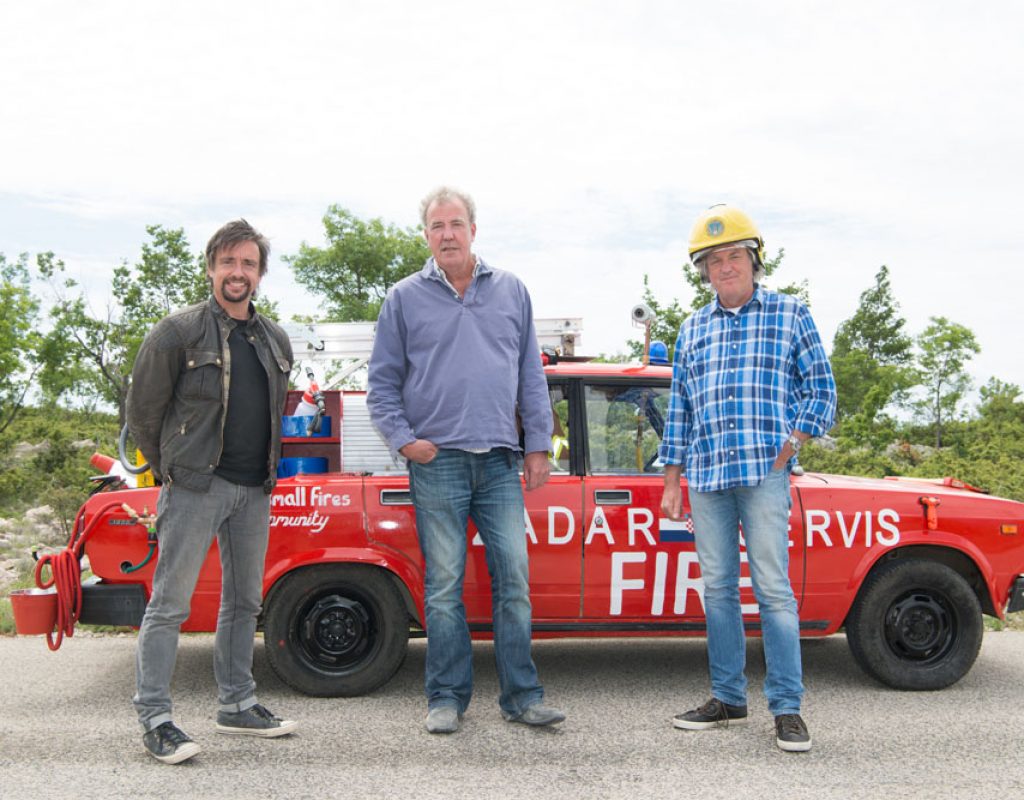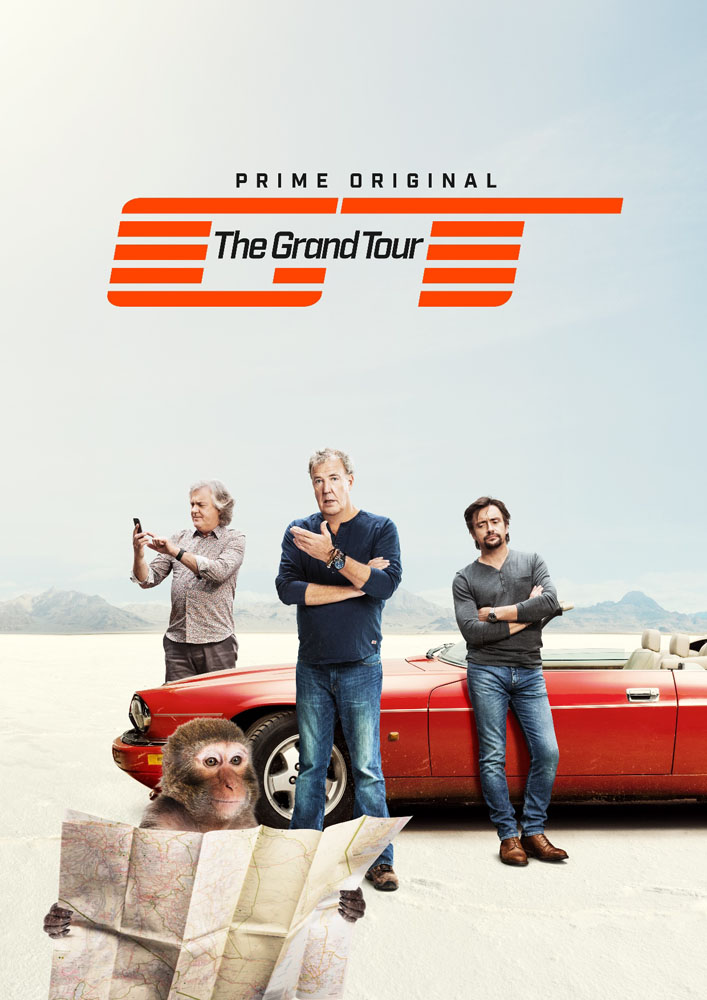 One of the most popular shows on the planet was the BBC’s Top Gear. When that show left the BBC, it was essentially picked up by Amazon Prime Video and renamed Grand Tour, where it is coming to the end of its second season, with the third already in the works. Dan James has been a long-time editor on both series, and we discussed what it took to edit the big-budget car show.
One of the most popular shows on the planet was the BBC’s Top Gear. When that show left the BBC, it was essentially picked up by Amazon Prime Video and renamed Grand Tour, where it is coming to the end of its second season, with the third already in the works. Dan James has been a long-time editor on both series, and we discussed what it took to edit the big-budget car show.
(This interview was transcribed with SpeedScriber. Thanks to Martin Baker at Digital Heaven)
HULLFISH: Tell me a little bit about the production itself. It seems like there’s always a lot of cameras going. There must be a massive amount of footage that you’re going through.
Dan James: It is a huge amount of footage. For what we call a “three-header” – with all three presenters – they’re shot with three ARRI Alexas. Then there are three lots of Panasonic LUMIX GH4s for each presenters in-car cameras and a GH5 for the drone. Plus lots of GoPros.
HULLFISH: How is footage getting back to you from the field?
Dan James: It’s shipped back on transport drives. The data wrangler on set transcodes everything to DNxHD36.
HULLFISH: So you’re cutting in Avid. How scripted are these stories?
Dan James: With some of the films, not as much as you might think. For instance, for one of the hour and a half ‘specials’ we do every year, you’ll have the meet up at the start of the film where they arrive in 3 different vehicles: that is very well scripted. Beyond that, it’s usually just a rough guide as we’ll know where they’re going but because they’re all such good car journalists they know there has to be ‘car content’ on the way as well as situations and general mucking about to keep the story going. Decisions are made on the ground on that day.
With the short track tests, where you’ve just got one presenter in a car going around a track, those are very tightly scripted because we need to bring them in at six or seven minutes. Those are six or seven pages and you don’t really expand beyond that.
HULLFISH: So are you personally cutting only individual stories in the show, or are you cutting the entire episode?
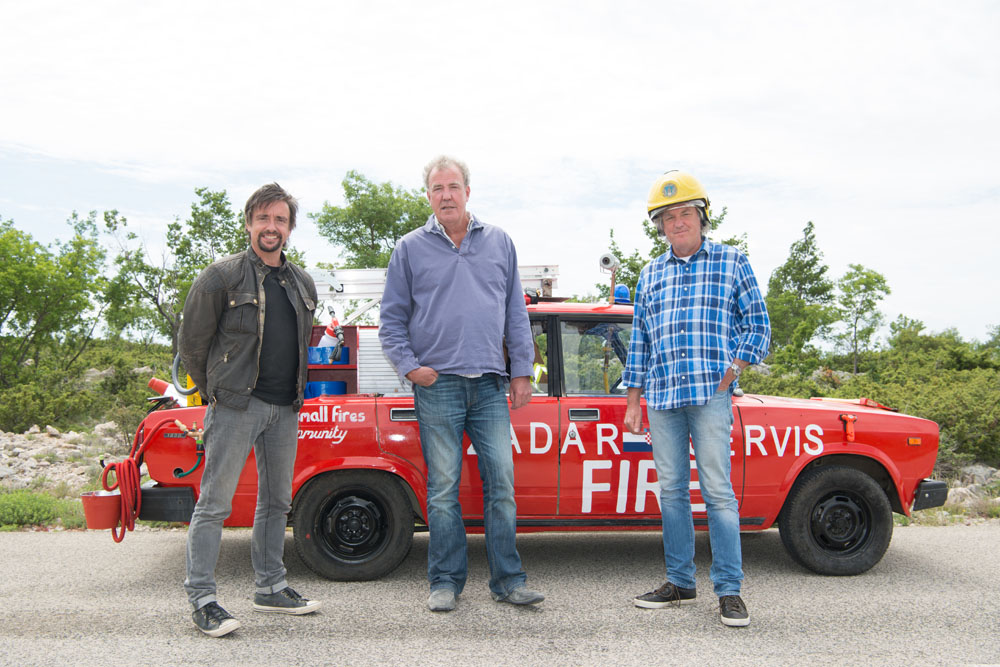
Dan James: We cut what they call the insert films. We don’t really get involved in the studio. The studio shoots are done right at the end of the year but we’re working months and months in advance, getting all the films ready
HULLFISH: I also feel like some of the stories are broken up with other stories in between them. Do you make the choice of where to cut to another story?
Dan James: Yes, say with a 30 minute film, we’ll decide quite a bit in advance where to break it between part one and part two.
HULLFISH: I did the same thing on The Oprah Winfrey Show for about a decade: cutting the insert stories, but then someone else was in charge of piecing the stories and the studio together.
I would guess that there’s a lot of improv. Talk to me a little bit about dealing with all that improv in the edit.
Dan James: Well, you just have to lay it all out. We shoot so much It’s almost mind-boggling and now although we’re in the realm of 4k we’re still shooting actuality like proper reality. People will shoot 4K dramas and films in 4K but the shooting ratio there is very low. We’re still shooting 150 or 200:1 sometimes. It’s astounding how much we have to look through to get the real gems out of this but you have to shoot this much stuff in case something happens on the road. The in-car cameras have to roll all day. Nine hours a day on the big road trips three cameras in each car, 2 x POV and a ‘face cam’. I always joke that our servers in the edit are the size of a room ‘cos it’s all in 4K.
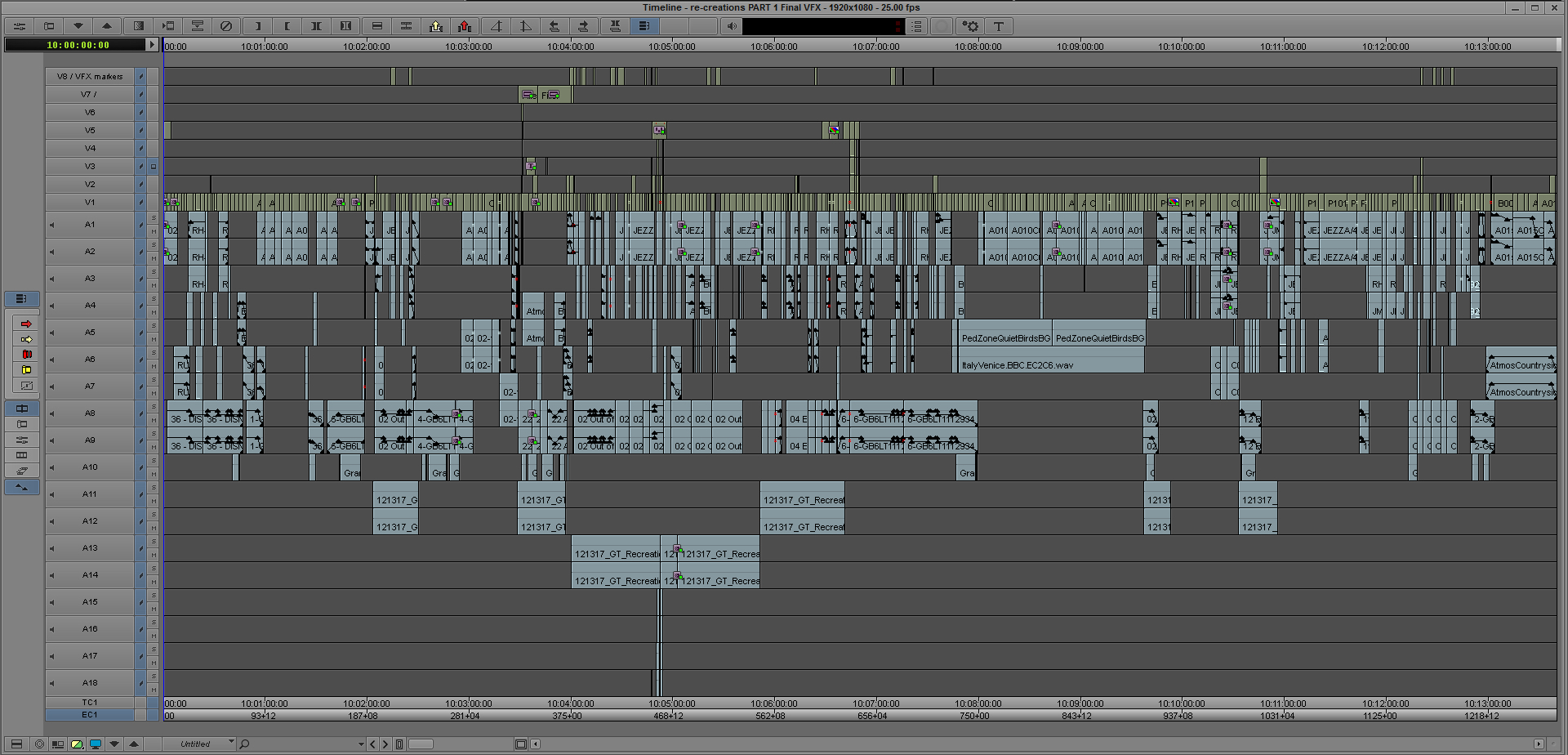
HULLFISH: How are you shaping the material? Working with a writer or producer before you start cutting? Is someone doing a paper edit?
Dan James: With the director, we’ll sit down and go through the basic structure of it, but generally I’m personally left alone quite a bit of the time. We’ve got an awful lot of freedom. The executive producer, who is Andy Wilman, and Jeremy, will have the final say editorially but the director and I are the ones that shape the piece.
With something easier, like the single header track tests, it’s tightly scripted so you concentrate on the rhythm of the film instead and you can almost apply a formula when you’re doing those – a kind of ‘hold and release’ thing. You’ll cut a really intense little passage of 30 seconds, frame cut’s and what have you but then you know you have to let it calm down for about a minute and then you can go to another intense bit. That seems obvious, but you do see editors on other programs just doing frame cuts for the whole film but you’d just go mental.
I must admit I’ve never worked on anything with such creative freedom. This is the most extraordinary thing I’ve ever worked on. I did Top Gear from 2004 to last year and pretty much the whole BBC team moved over to Amazon and it’s always been the same way of working really. Nothing’s really changed and interestingly you can see over the years that TV advertising has caught up with us and I can see cutting techniques that we did five years ago now just being mainstream.
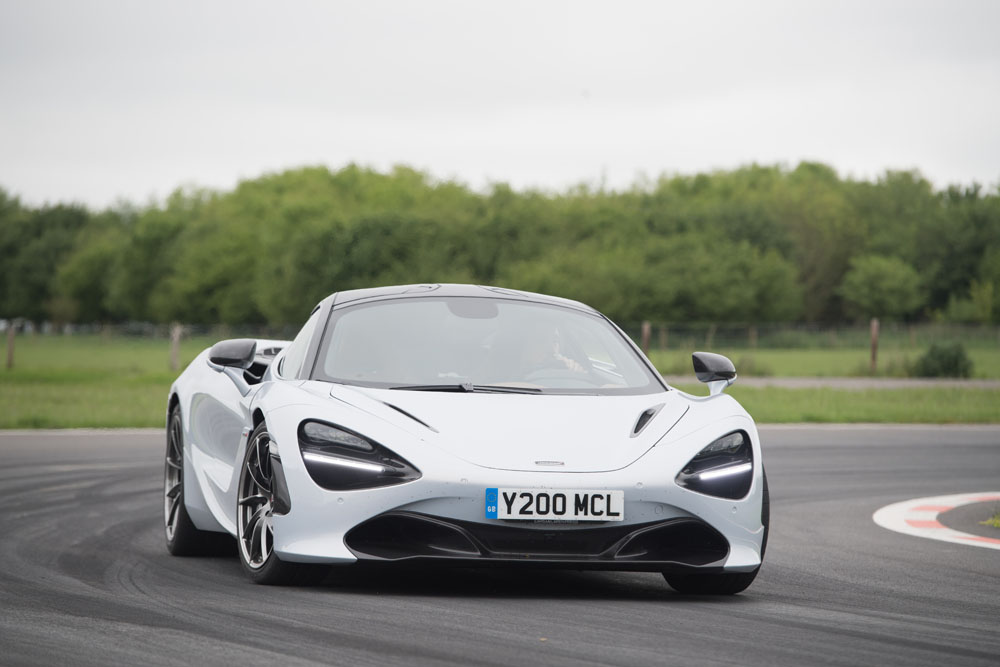
HULLFISH: Describe one of those cutting techniques that you guys pioneered that you are seeing in the mainstream.
Dan James: Personally frame-cutting. Just using single frames, almost like animation. That’s what I love.
Keeping the viewer’s eye dancing around the screen, from left to right, up and down, especially as now a lot of people watch the show on smartphones and tablets. It’s nice to keep the viewer’s eye active around the frame.
HULLFISH: How much time do you have to get some of these things edited together?
Dan James: A single header track test at 7 minutes would probably be 10 to 15 edit days. A bigger 10-15 minute piece would be about three to five weeks. The big 90 minute specials can be up to 16 weeks.
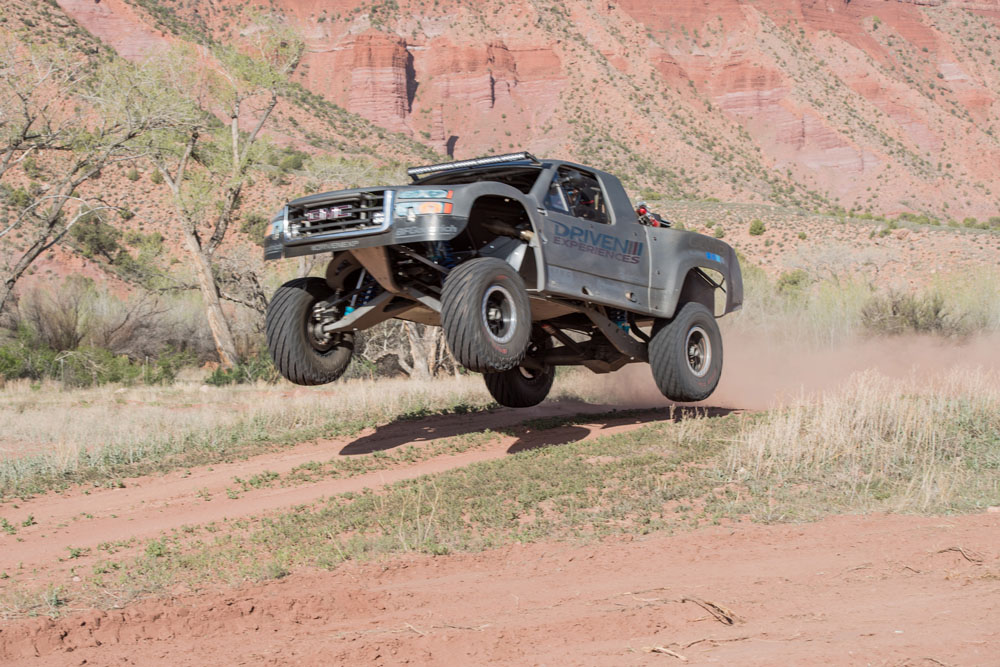
HULLFISH: Let’s talk about sound.
Dan James: Well, we try to do a lot of our sound design in house and we tend to track lay as we go so when we picture lock it really is quite close to how we want it to go out. Just recently we started going out of house for some bits of sound design, just to get more unusual engine sounds and things like that.
HULLFISH: The track tests seem to be a lot about sound design with the sounds of the engine and gear shifts and squealing brakes.
Dan James: Yes, and from there we add random mechanical metallic sounds. Those little track tests are really fun to do, because you can do anything you want. It’s like making a little promo. They’re always a treat to do, those are.
HULLFISH: I would think that the sound design has a lot to do with the rhythm of those pieces.
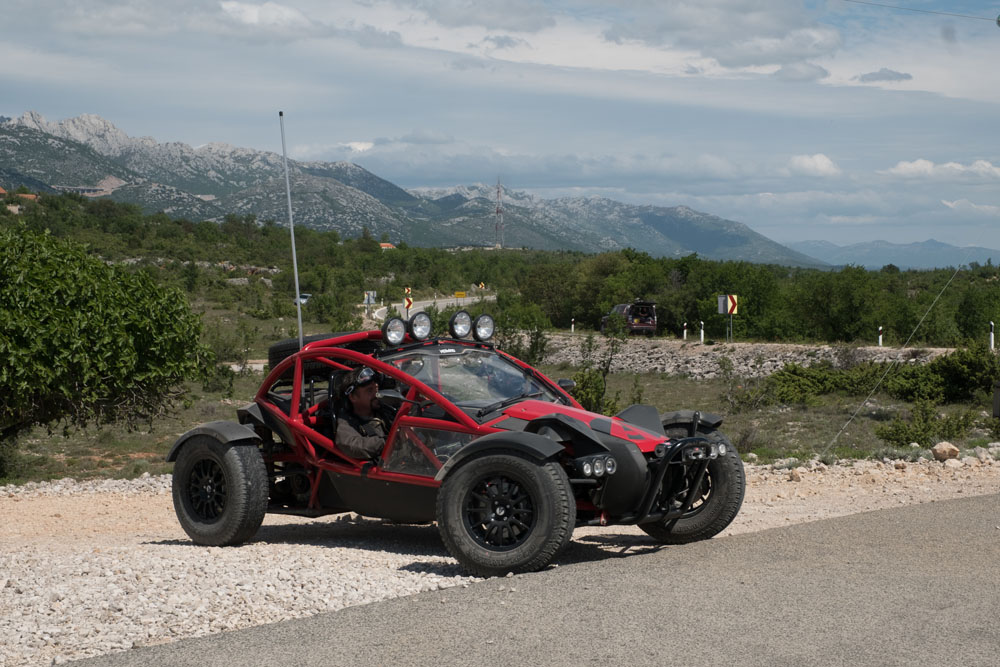
Dan James: Yeah absolutely. We’re always pushing ourselves to do something different. There’s a good competition between the edits, nipping up and down the corridor seeing who’s doing what that week. It’s THE most creative thing I’ve ever done because you have just completely free reign.
HULLFISH: Let’s discuss music. Are you just grabbing anything you want? Are you working from a stock music library or do you have a composer?
Dan James: Well, on Top Gear, we were at the BBC and they had a blanket license so we could just use anything. Now we’re with Amazon, we’re back to square one. No blanket agreement so we now have to individually license every single piece of music. We have a composer Paul Leonard-Morgan. He’s based in L.A. and he’s really good. He can recreate the feel of anything from Disney to Inception. As we work through season 2 he’s really become invaluable. With film scores it’s gotten a bit more complicated. You can’t just throw in anything you like. You have to be careful.
HULLFISH: And when you’re working on a story that requires composed score, are you cutting in temp track for him?
Dan James: Oh yeah. In season 2 there’s a film in which we used a lot of score for temp: Man From U.N.C.L.E. It was all very 60s.
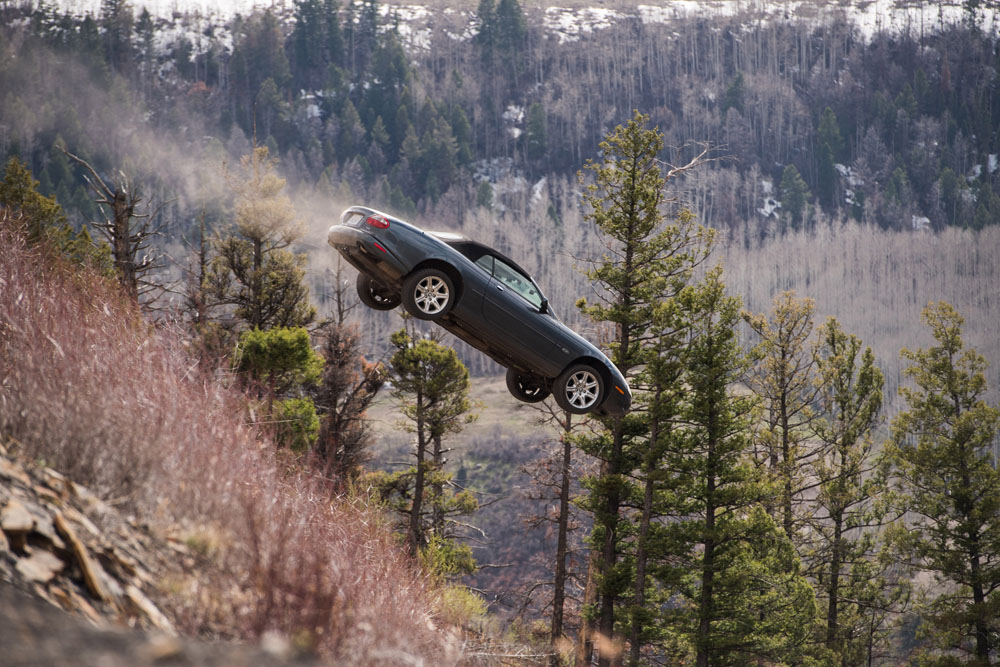
HULLFISH: Why does that not surprise me? Maybe a little Kingsman?
Dan James: Really, anything goes. We use the most unusual stuff.
HULLFISH: So let’s talk about your approach. You get one of these drives in from the field with a TON of stuff on it — possibly 200:1 shooting ratio and what do you do to organize it and get started?
Dan James: It sounds terrible, but it’s just really donkey work. It’s just sitting there watching hours and hours and hours of stuff.
HULLFISH: I was just talking to Kirk Baxter about this and he calls it “homework.” You have to put in the hours of grunt work before you can start having fun.
Dan James: You have to break it down into individual camera roll sequences then you divide those rolls into scenes. You break it down, make a copy and break the next one down even further. You’re getting all these lovely little selects eventually. It’s a real OCD kind of thing. I love it personally. I lock myself in for a couple of days and just crush the whole thing down.
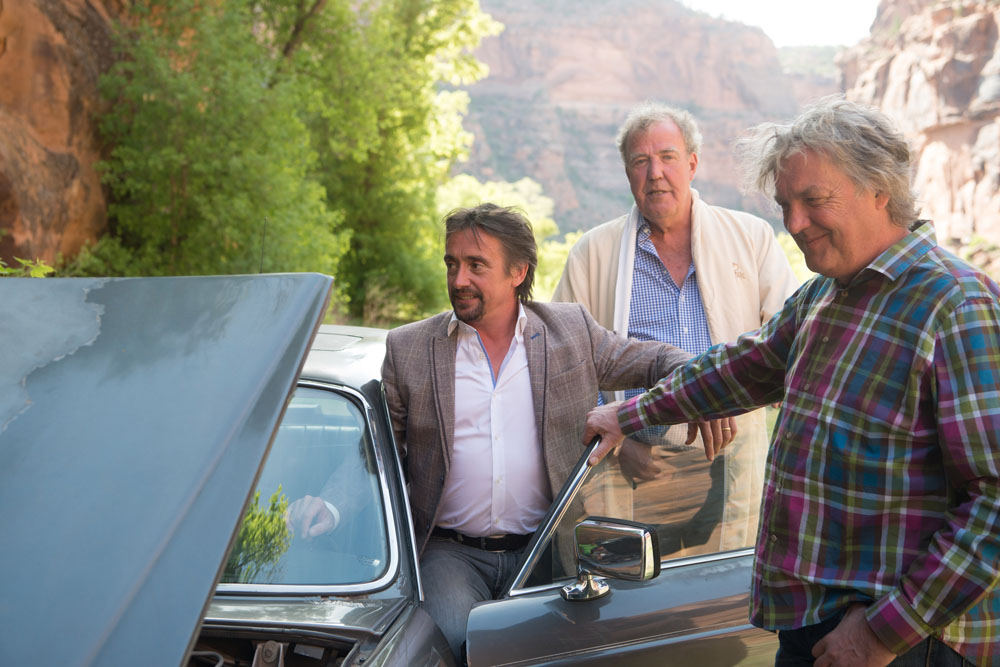
HULLFISH: That’s a great point for a lot of people that might not be familiar with reality or documentary work: there ARE scenes. You break it into stories or scenes, even though there’s no real script. There are individual ideas that have an essential order: they arrive, they talk to camera, they drive to this place, they get out and see something, they drive someplace else, they get into a jam… each of those is a scene. That allows you to break it down to more digestible chunks. You say, “OK, I have 4 minutes of arriving and ‘to camera’ before they go off. So let’s just deal with that.” So instead of looking at 1000 minutes, you’re only looking at a few minutes at a time to just deal with a single “moment” of your story.
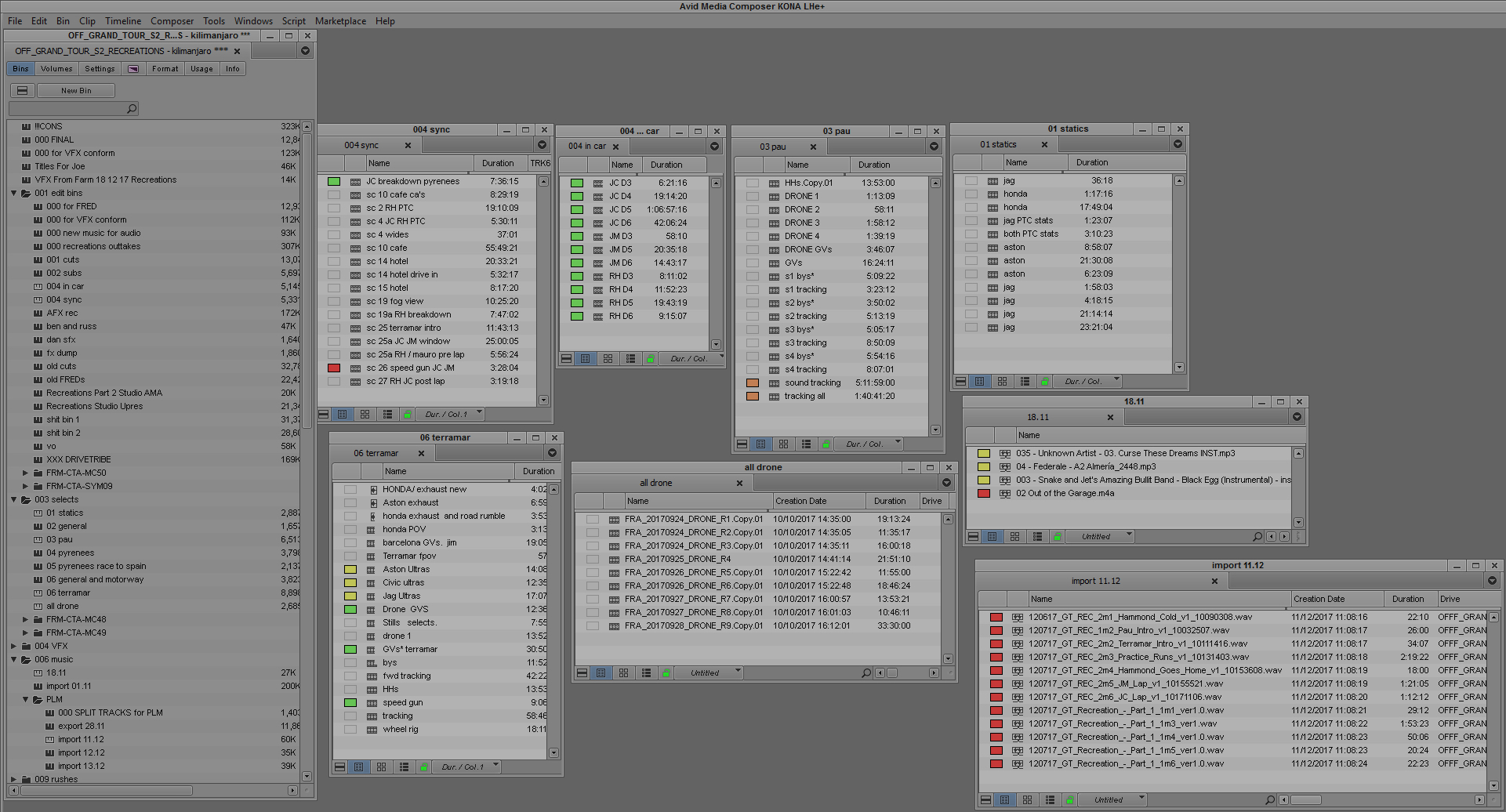
Dan James: You visualize what needs to happen. Then you’re looking for the elements to pull that together. It depends on what the piece is though. If it’s a short track test you will have a lot of coverage of the same thing. If you’re on a big road trip, you’ll have nine hours of footage out of the back of a tracking car. Then we have stuff we call ‘forward tracking’ which on a big road-trip is invaluable because it shows you what’s going on around the cars and around the presenters and you get a lot of local color. I’d always rather have too much rushes than not enough.You can take big chunks of footage and leave them in one piece, and say, “OK, that’s all the tracking for Day 3.” And then if something happens at 2 o’clock on the ‘in car’ cameras on Day 3 you can just go to 2 o’clock on the tracking and you’ll find it.
HULLFISH: Everything’s time-of-day timecode?
Dan James: Yeah. We insist on that because we know we’re going to have to deal with so much from so many cameras.
HULLFISH: So you edit from selects reels…
Dan James: Yeah, so we’ll have a bin of selects sequences. A sequence of crash cams or all the different forward tracking stuff. We try to keep it fairly compact. It takes a couple of passes to get these sequences down. And you do these ultra-selects. Little seven or eight frame little things that you can use to join things up with, like a classic whip pan. We’ve always got little bits and pieces like a texture or something.
You need to be really organised because sometimes you’re not sure which way the story’s going to go. You don’t know what you’re going to need, later down the line so you can’t be sifting through raw rushes at the end of an edit.
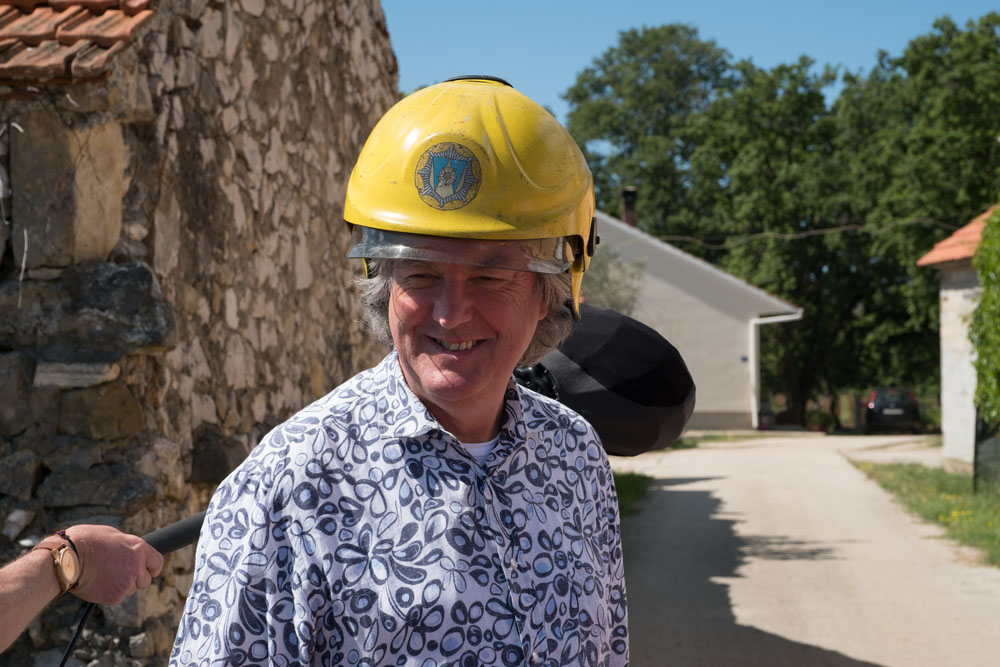
When we get new editors in, it usually takes them a good few months to get used to how we work. Me and Jim Hart, the other editor, we’ve been doing this for years now. And there’s nothing else like it, it’s comedy, it’s epic adventure, it really covers all the genres.
HULLFISH: Do you sync that stuff and do multi-cam with it?
Dan James: The facility house where we are has two assistants who do a lot for us. They’ll sync up all of the in-car cameras. Sometimes we get them to make what we call a camera map for each day so that everything is on a big timeline with all the different cameras stacked up.
HULLFISH: You mentioned a forward tracking car….
Dan James: On a big road trip, there will be production vehicles say, a mile in front of the presenters’ cars and other vehicles about a mile behind. The forward production vehicle will have a cameraman in it just grabbing stuff as he goes, just local color and views and that’s really important stuff. I can use so much from that camera because it’s so interesting. Otherwise, you’re forever looking backwards at the presenters cars coming down the road, so you need that forward movement for a sense of journey.
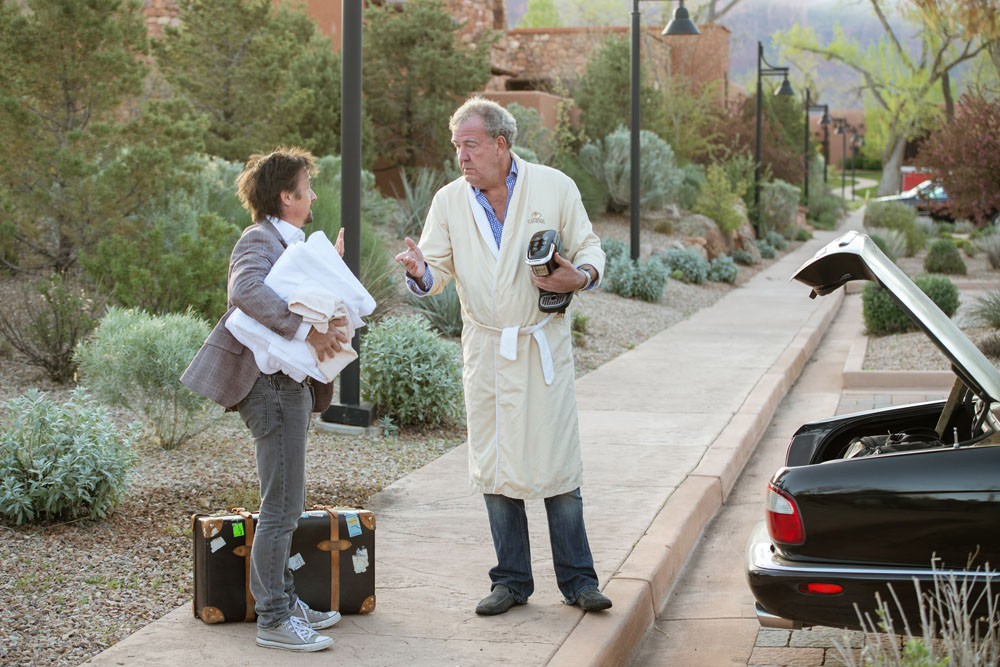
HULLFISH: Do you guys do ADR for these shows at the end?
Dan James: Very rarely. We don’t do a huge amount of ADR.
HULLFISH: To get back to your process, are you starting out cutting these pieces on the longish side of where you know they need to be because you know that there’s a process and that they’ll get trimmed down in the process of developing them and screening them for various people? So how long would be a first cut of a story compared to the final?
Dan James: For the tightly scripted stuff, like the track tests, they’re not much longer than eight or nine minutes. For the road trips you’ll have massive timelines because there’s ad-libbed stuff all the way through it and what should be a 20 minute Day One timeline will be an hour. You throw everything decent in it, then you stand back and watch it and you say, “We can’t keep that and we can’t keep that.” The first cuts can be enormous, especially for the big specials which are supposed to be 90 minutes. Those can run 3 or 3 and a half hours long for the first cut, because you don’t know if an event on day 1 is going to carry on to day 5. It’s a lot more fluid. A little story arc might seem to develop, but if it doesn’t go anywhere, then we’ll kill it.
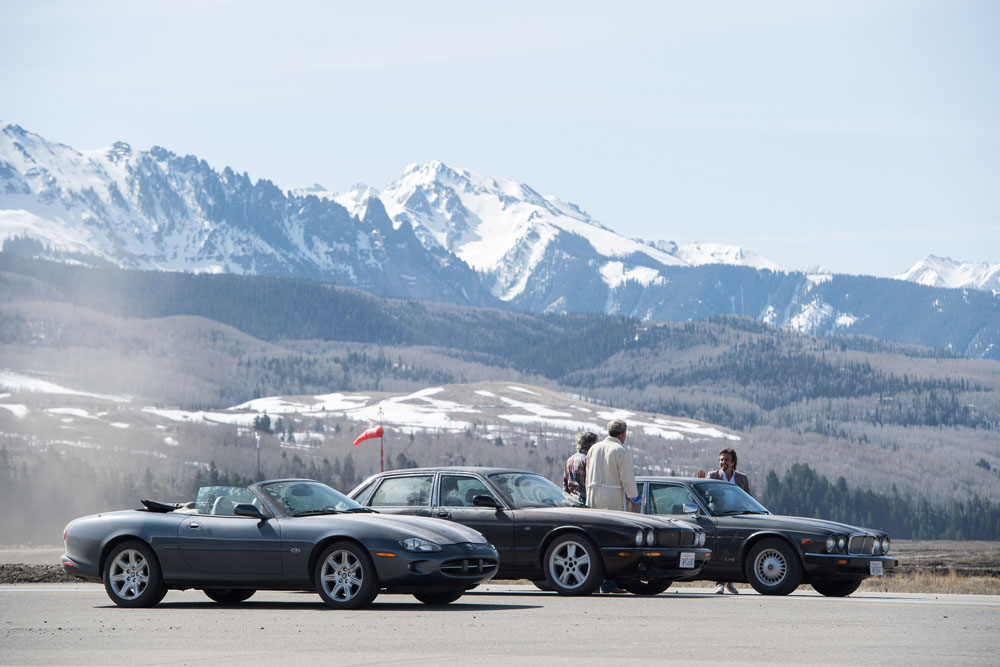
The half hour films, the two part ones — they’re not usually longer than 40 minutes on the first cut. And those need to get down to 30 or 31 minutes. But the specials really do get unwieldy, but that’s because of the ad-lib nature of them.
HULLFISH: Plus they need to be long so when Jeremy or the EP steps in, they have some stuff they can cut and still have enough left when they’re done.
Dan James: Exactly. Andy Wilman, our Exec, will shape it with us. He’ll come in and go through these massive transcripts. One for each presenter and each day. Like bibles. He’ll go through them with a highlight pen and we’ll create these big sync constructions. Trying to draw storylines together. That’s where Wilman is at his best and happiest. We’ll do that with him for a good couple of weeks before we do a ‘first paint’ then give it to Jeremy to let him the first look at it.
HULLFISH: With so much transcript stuff are you using Avid’s PhraseFind or ScriptSync?
Dan James: No. We generally don’t. We do it manually on bits of paper and Post-It notes on the wall. We just do a search for stuff in Microsoft Word.
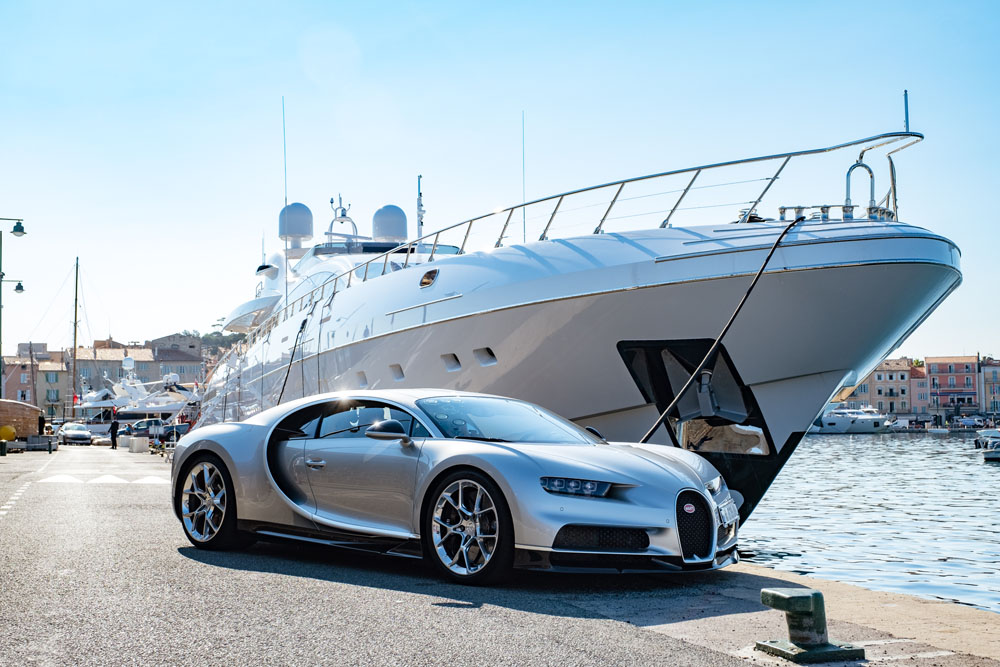
HULLFISH: When is the Exec coming in to do this with you?
Dan James: He’ll leave us alone initially for about the first month. He lets us put all the events together and the static bits to camera. Then he’ll come in and we’ll start going through all of the in-car stuff to join it all together.
HULLFISH: So, he comes in when you’ve got something for him to react to.
Dan James: Exactly. It’s kind of scripted, but it’s not. Sometimes it’s a struggle to keep a narrative going but other times it kind of drives itself.
HULLFISH: With Top Gear, I love the underlying tension of whether the entire trip is going to fall apart from one disaster or another.
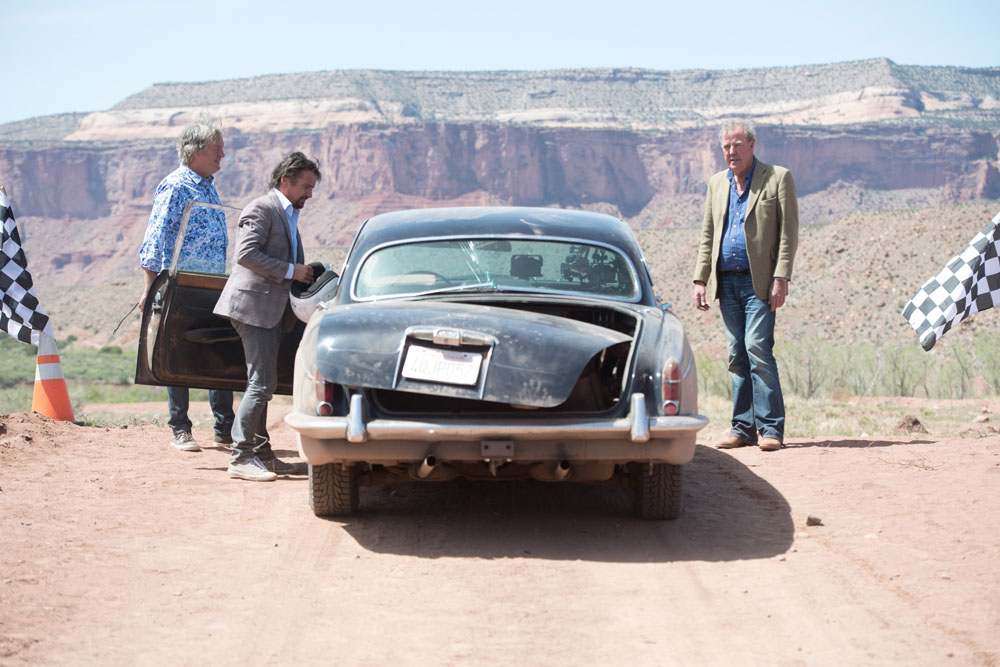
Dan James: That’s one of the joys of this show is that dynamic between the three presenters. You’ve always got two people going against the other person, or one person annoying the other two. You can move things along very quickly by just changing the dynamic of who’s the antagonist. It’s infinitely interchangeable, you can play on that all day.
HULLFISH: The other thing that I’m struck by is a great amount of skill by you and the other editors of jumping between kind of genres because you’ve got the car journalism you’ve got the travelogue and you’ve really got to understand how to cut humor and have pacing in delivering a joke.
Dan James: That’s a huge thing in getting that timing right. It’s that editing idea of answering a question with a cut. If someone on screen asks a question, you answer it with a cut.
HULLFISH: Like James saying, “Oh, that will never happen.” And then you cut directly to it happening.
You were saying you’re not technical… so do you take the piece from off-line into the audio mix and into the color grade? Or do you leave it once the picture’s locked?
Dan James: Oh no! You can’t abandon your baby. We follow it through the sound dub and the color grade. We absolutely have to follow it all the way because we have to make sure that what we spent months on doesn’t get messed up on the way through, which has happened before. We follow it religiously.
HULLFISH: Is there a scene or an episode you want to talk about how the editing was done?
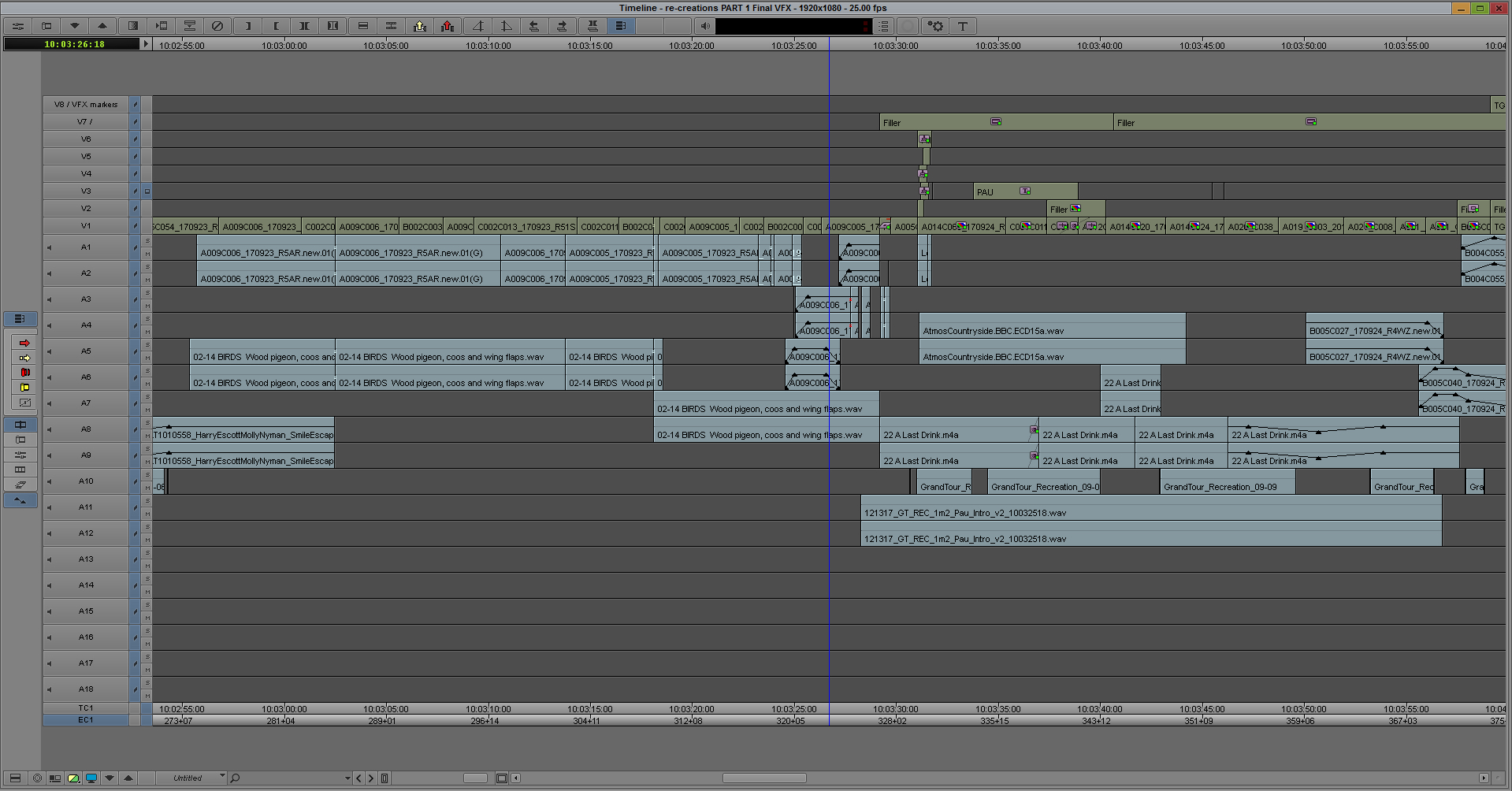 Dan James: In an upcoming show this season, Aston Martin have re-created an old model, it’s a DB4 GT lightweight. It’s a racing car from the late fifties and it’s like a million and a half pounds. So Jeremy’s got one of those and Richard’s got a 1960s Jaguar XKXS which is also a re-creation. These are not plastic kit cars. They’ve been built from scratch by the factories.
Dan James: In an upcoming show this season, Aston Martin have re-created an old model, it’s a DB4 GT lightweight. It’s a racing car from the late fifties and it’s like a million and a half pounds. So Jeremy’s got one of those and Richard’s got a 1960s Jaguar XKXS which is also a re-creation. These are not plastic kit cars. They’ve been built from scratch by the factories.
They take them to the oldest street circuit in Europe which is a place called Pau in the Pyrenees and they are racing around this street circuit and we used a high speed tracking vehicle that had a Russian arm on it. It’s just got this beautiful grade on it like an Eastman / Technicolor kind of thing with a little film grain and it just looks terrific. It’s one of the most favorite things we’ve done.
HULLFISH: And when you were in the off-line on that piece did you try to apply any kind of a look to it in the Avid?
Dan James: Yeah, I did do some grading work in the Avid for guide look. I just warmed up the blacks a bit. I just added some red and yellow in the blacks. Just to give it a rough color look. And the director was using a lot of powered zooms, which is a very 1960s kind of cinematic look. Big zoom outs and big zoom ins and that really helped make it look very 60s and very periodish. And using Man From U.N.C.L.E as a temp track as well.
HULLFISH: And did the composer finish that piece off with custom created score?
Dan James: Yeah. That’s going out in episode 8.
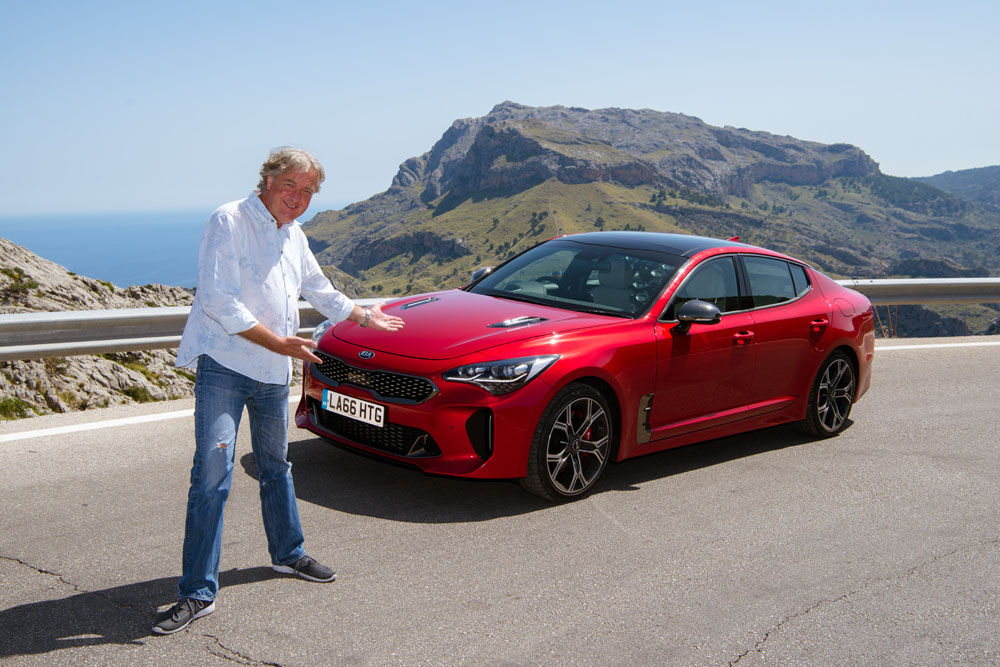
HULLFISH: Of season 2.
Tell me a bit about your background and how you got to Top Gear.
Dan James: I started in 2004. Before that, I was a bass player. My wife’s a make-up artist who was doing make-up on music videos back in the mid 1990s. So I started doing production running on set. Got employed by the company and then one of the directors said, “If I teach you how to use the editing equipment, you can cut my show reel.” That was back on U-Matic three quarter tape. So I cut his show reel and then the next low-budget music video he did, he asked me to edit. So then I started cutting music promos and then finally into TV. Bit of a weird career path but being a musician first really helped.
HULLFISH: So many editors are musicians. I’m a fellow bass player, so I completely agree. It was great talking with you. I really enjoyed it.
Dan James: Thank you Steve, it was a pleasure.
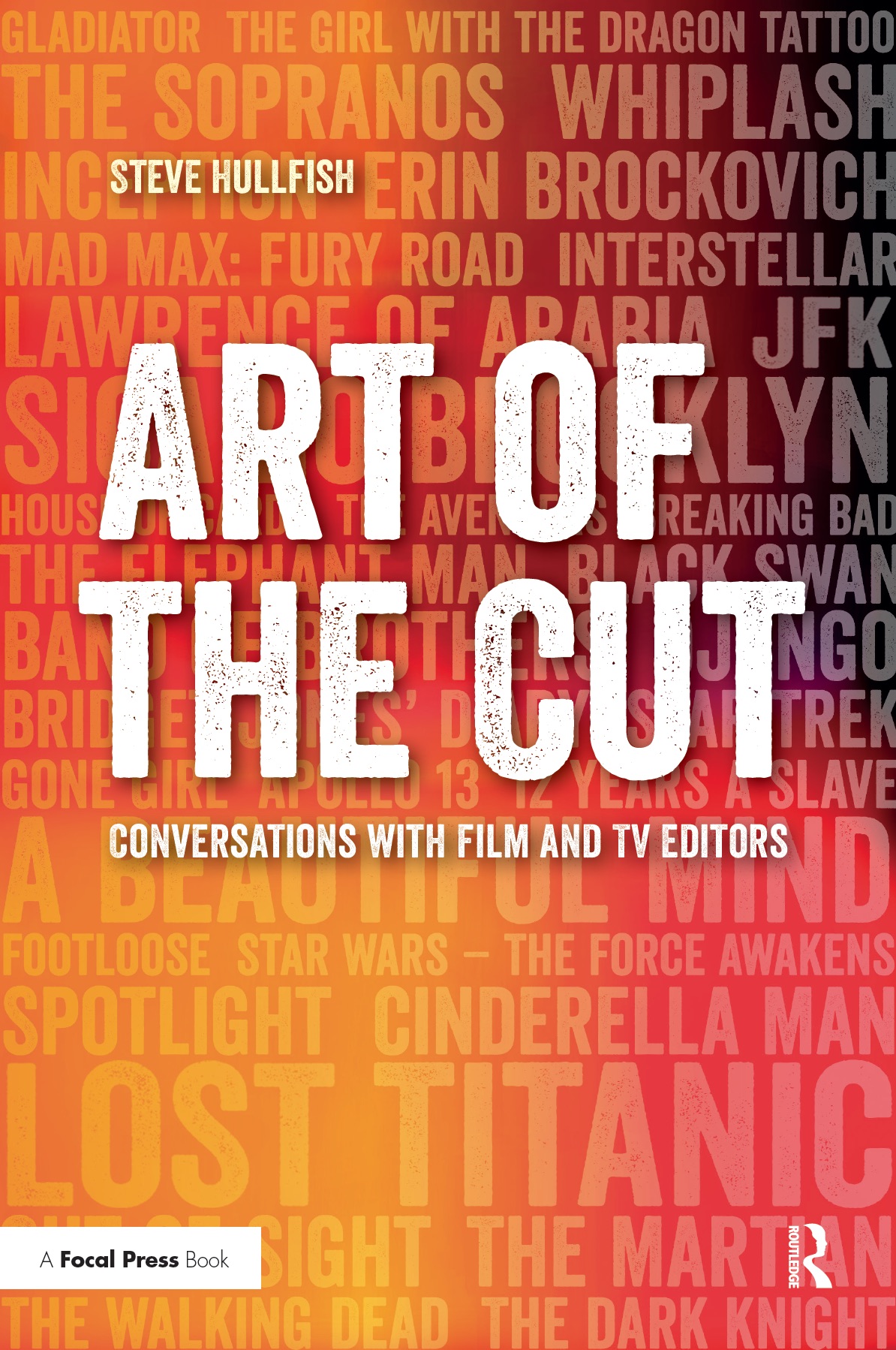 To read more interviews in the Art of the Cut series, check out THIS LINK and follow me on Twitter @stevehullfish
To read more interviews in the Art of the Cut series, check out THIS LINK and follow me on Twitter @stevehullfish
The first 50 interviews in the series provided the material for the book, “Art of the Cut: Conversations with Film and TV Editors.” This is a unique book that breaks down interviews with many of the world’s best editors and organizes it into a virtual roundtable discussion centering on the topics editors care about. It is a powerful tool for experienced and aspiring editors alike. Cinemontage and CinemaEditor magazine both gave it rave reviews. No other book provides the breadth of opinion and experience. Combined, the editors featured in the book have edited for over 1,000 years on many of the most iconic, critically acclaimed and biggest box office hits in the history of cinema.

Filmtools
Filmmakers go-to destination for pre-production, production & post production equipment!
Shop Now